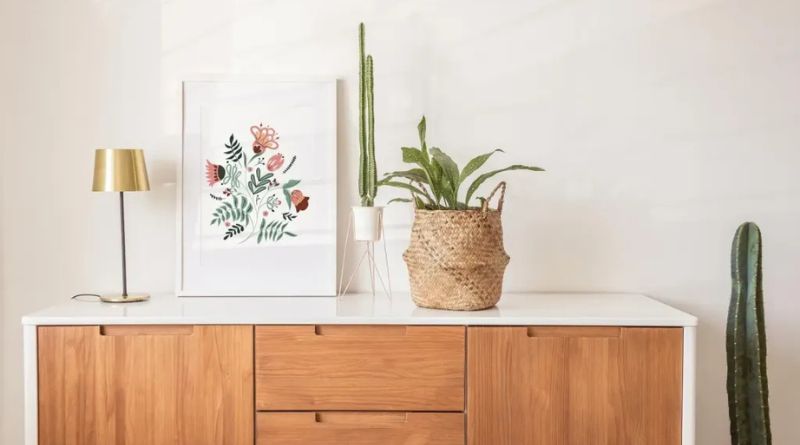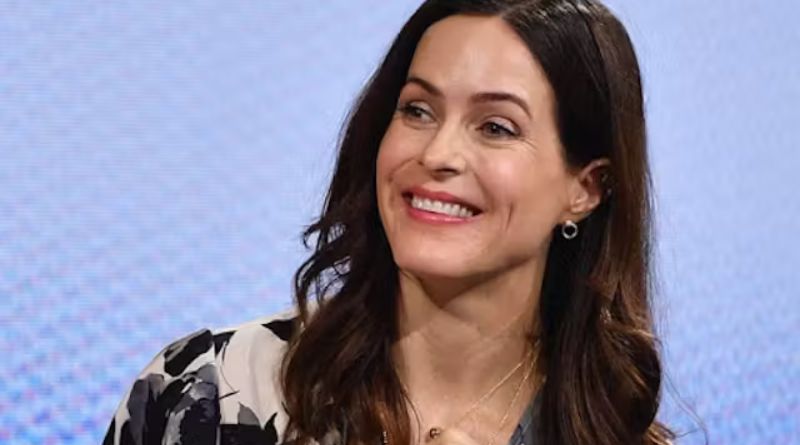Flowers have captivated human imagination for centuries, standing as symbols of beauty, love, growth, and nature’s incredible artistry. They are not just decorations for special occasions; they embody deep meanings, inspire art, and have become an integral part of our cultural and personal expression. In this article, we will explore the aesthetic appeal of flowers, their symbolism, and how flowers have influenced art and design.
Table of Contents
The Allure of Flowers: Aesthetic and Visual Appeal
Flowers are universally adored for their elegance and vibrant beauty. Their various shapes, sizes, and colors evoke different feelings and emotions. Whether they are used as natural decorations in a garden, printed on wallpapers, or portrayed in fine art, flowers are a visual feast. Some common features that make flowers aesthetically pleasing include:
- Color Variety: From soft pastels to vibrant hues, flowers come in almost every color imaginable. Their diverse range of colors can set moods—bright yellow sunflowers evoke happiness, while purple lavender represents calm and serenity.
- Intricate Patterns: The natural symmetry of flowers, with their petal arrangements and natural geometry, makes them fascinating subjects in art and photography.
- Textures and Shapes: Flowers can have smooth petals, ruffled edges, or delicate stems. Their diversity in texture adds depth and richness to the visual experience.
The Symbolism of Flowers
Throughout history, flowers have been given symbolic meanings. Different flowers represent various emotions, ideas, and beliefs, making them meaningful additions to any artistic or personal setting. Here are some flowers and their symbolic meanings:
- Roses: A symbol of love, passion, and romance. Red roses, in particular, are often given as a sign of deep affection or admiration.
- Lotus: This flower symbolizes purity, enlightenment, and rebirth, especially in Eastern cultures and religions.
- Tulips: Often associated with perfect love and elegance, tulips have become popular in both art and design.
- Sunflowers: Representing warmth, positivity, and happiness, sunflowers are often seen as a reminder of the sun’s energy.
- Lily: Known for its purity and renewal, lilies are often used to represent beauty and grace in both art and nature.
Flowers in Art and Design
Flowers have been a prominent subject in the world of art for centuries. Their beauty has inspired some of the most iconic works in history, including paintings, sculptures, and digital art. Here are a few ways flowers are incorporated into artistic creations:
- Still Life Paintings: Artists from the Renaissance to the modern era have used flowers in still life paintings. Famous examples include the works of Dutch painters like Jan Davidsz de Heem, who brought out the exquisite detail in floral arrangements.
- Tattoo Art: Floral designs are popular in tattoo art, symbolizing different life stages, beliefs, or simply the beauty of nature.
- Graphic Design: Flowers are often incorporated into modern digital designs, wallpapers, branding, and logos. Their symbolism and beauty make them perfect for a variety of visual purposes.
- Photography: Flowers provide endless opportunities for photographers to capture nature’s beauty. Close-up shots of dew on petals or a field of wildflowers can evoke powerful emotions.
Incorporating Flowers into Your Life and Space
The aesthetic of flowers is not limited to just fine art or design. They can be brought into your daily life in various ways:
- Home Décor: Use floral-patterned textiles, wallpapers, or even fresh flower arrangements to brighten your living space. Floral designs can also be incorporated into furniture or curtains.
- Fashion: Floral prints are a staple in fashion, with clothing, accessories, and even shoes featuring flower designs to bring a fresh, vibrant look to any outfit.
- Gardening: For those who love nature, creating a flower garden is a way to bring the beauty of flowers into your everyday life. Flowers can transform any space, whether it’s a backyard, balcony, or even a windowsill.
Frequently Asked Questions (FAQs)
1. Why are flowers so commonly used in art?
Flowers are used in art because they represent beauty, growth, and life. Their delicate structure and vibrant colors make them visually appealing, and their symbolism adds depth to an artist’s work. Additionally, flowers are a universal subject, easily understood across cultures.
2. What are the most popular flowers in floral art?
Some of the most popular flowers featured in art include roses, lilies, sunflowers, tulips, and peonies. These flowers are admired not only for their beauty but also for their rich symbolism and cultural significance.
3. How can I incorporate flowers into my personal style?
You can incorporate flowers into your personal style through clothing with floral prints, accessories like flower crowns, or even floral tattoos. Using floral elements in your interior décor, such as flower arrangements or floral-themed wallpaper, can also enhance your environment.
4. How do different cultures interpret flowers?
Different cultures attribute unique meanings to flowers. For example, in Western cultures, roses are often associated with love, while in Eastern cultures, the lotus flower symbolizes spiritual enlightenment. Learning the symbolism behind flowers can enhance their appreciation in both personal and artistic contexts.
5. What are some popular ways flowers are used in design?
Flowers are often used in graphic design, logos, packaging, and digital art. They are also commonly seen in fashion, particularly in prints for dresses, scarves, and accessories. Additionally, flowers are widely used in home décor to add a fresh and natural touch to spaces.
Conclusion
Flowers hold a timeless and universal aesthetic appeal. Whether depicted in art, incorporated into fashion, or used as home décor, they continue to captivate with their beauty and symbolism. Their enduring presence in our lives reminds us of nature’s artistry and the emotions they evoke. By understanding the history and meaning behind flowers, we can appreciate their role in shaping cultural and personal expressions.



